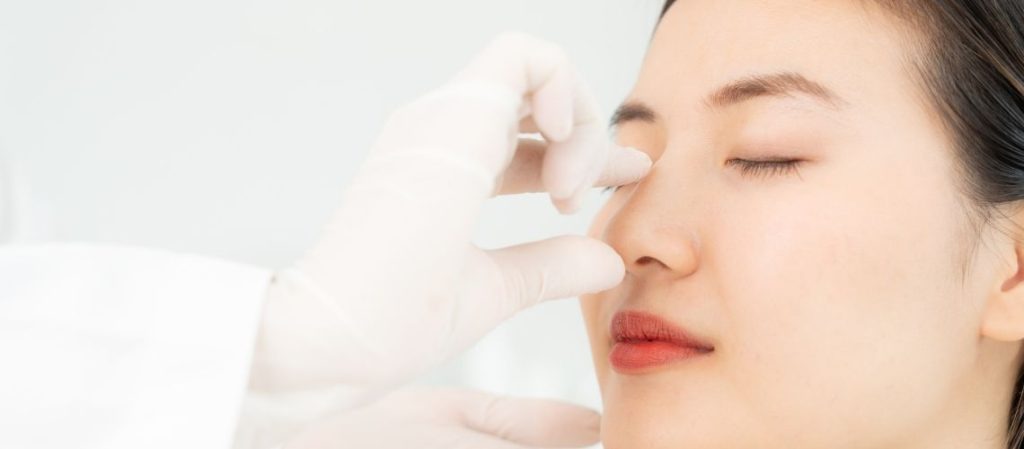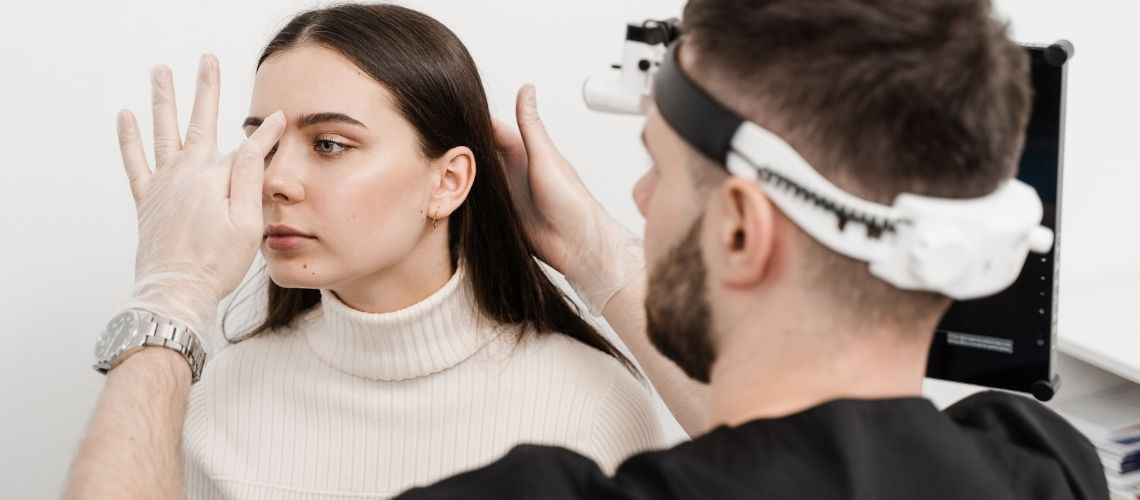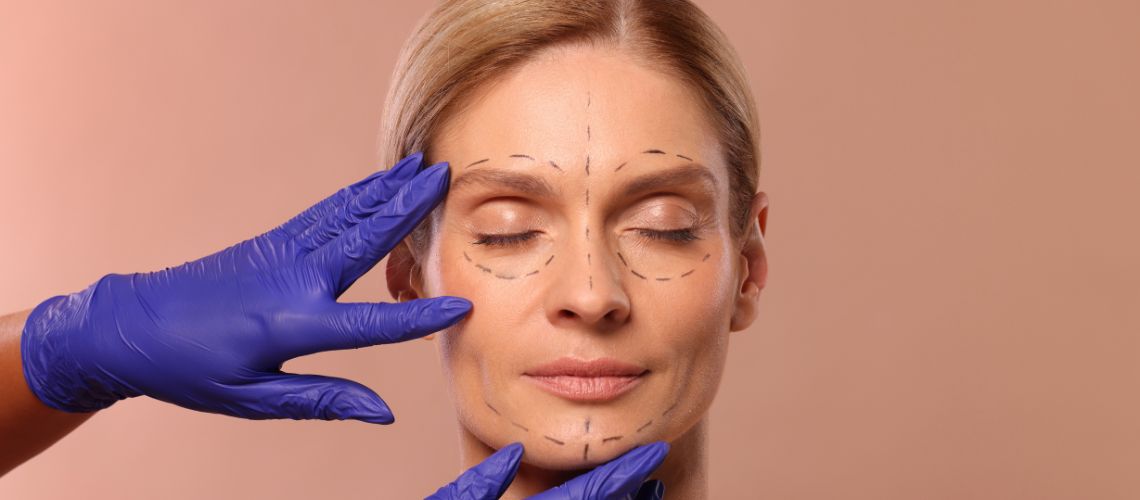Asian rhinoplasty is a specialized surgical technique designed to address unique nasal features common among Asian patients. The procedure often enhances nasal bridge height, refines tip definition, and maintains ethnic harmony while achieving facial balance.
Silicone and Gore-Tex implants are frequently used in Asian rhinoplasty to augment the nasal dorsum. These materials provide durable structural support and create a more projected, refined nasal profile tailored to patient expectations.
Cartilage grafting from the ear or rib may also be employed for tip refinement. This approach ensures a natural contour while avoiding excessive reliance on synthetic implants, particularly for patients seeking long-term stability.
Patient-specific planning is essential in Asian rhinoplasty. Surgeons carefully evaluate skin thickness, nasal base width, and facial proportions to achieve results that enhance aesthetics while respecting individual ethnic identity.
İçindekiler
Understanding the Unique Features of Asian Noses
First things first—it’s essential to recognize that noses come in all shapes and sizes and that’s something to celebrate! Asian noses often have distinct characteristics such as a lower nasal bridge, a wider base and a rounder tip. These features are beautiful in their own right but may not align with how some individuals envision their ideal appearance.
You might be thinking “Why does this matter?” Well understanding these unique attributes is crucial because it means that a one-size-fits-all approach doesn’t work here. Traditional rhinoplasty techniques developed for Caucasian noses might not yield the desired results for Asian patients. Instead specialized methods that consider the anatomical differences are necessary to achieve a harmonious and natural look.
Why Consider Asian Rhinoplasty?
Deciding to undergo surgery is no small potatoes. So what motivates someone to take this step? For many it’s about enhancing facial harmony. A well-proportioned nose can balance other facial features boosting overall aesthetics and more importantly self-confidence.
Concerns might pop up like “Will I still look like myself?” or “Am I conforming to unrealistic beauty standards?” It’s essential to remember that modern Asian rhinoplasty aims to enhance, not alter, your inherent beauty. Surgeons strive to make subtle adjustments that preserve ethnic identity while meeting individual aesthetic goals.
Moreover functional improvements are often part of the package. Breathing difficulties due to structural issues can be addressed during the procedure killing two birds with one stone.
The Procedure: What to Expect
Now let’s get down to brass tacks. What does the procedure actually involve? Asian rhinoplasty often includes techniques like:
- Augmentation of the Nasal Bridge: Using implants or grafts to raise a low bridge.
- Refinement of the Nasal Tip: Narrowing or defining a round or bulbous tip.
- Alar Base Reduction: Reducing the width of the nostrils for better proportion.
Materials used for augmentation can be either synthetic implants like silicone or natural tissues such as cartilage from your own body. Each has its pros and cons. For instance synthetic implants are readily available and avoid additional incisions but they may carry a risk of rejection. Autologous cartilage is biocompatible but requires harvesting from areas like the ear or rib.
You’ll likely have questions buzzing around your head: “Is it painful?” “How long will it take?” “What about scars?” Rest assured surgeons take great care to minimize discomfort and visible scarring. Most procedures are done under general anesthesia and incisions are strategically placed to be as inconspicuous as possible.
Choosing the Right Surgeon
Picking a surgeon isn’t like choosing a new pair of shoes—you need someone skilled and trustworthy. So how do you find the right fit?
- Look for surgeons who specialize in Asian rhinoplasty. Their familiarity with Asian nasal anatomy is invaluable.
- Reviewing previous work gives you a sneak peek into potential results.
- Hearing from others who’ve walked the same path can provide peace of mind.
- A face-to-face meeting allows you to gauge comfort levels and discuss your goals openly.
Don’t be shy to ask questions. Inquire about their credentials the number of procedures they’ve performed and any concerns you have. After all it’s your nose and your journey.
Recovery and Aftercare Tips
So you’ve taken the plunge—what’s next? Recovery is a crucial phase and taking it easy is the name of the game.
- Swelling and bruising are par for the course. Keeping your head elevated and applying cold compresses can help.
- Your surgeon will provide specific guidelines on cleaning the incision sites and medications to use.
- Give your body time to heal. Heavy lifting or intense workouts can wait.
- While complications are rare stay alert for signs of infection or unusual discomfort.
Remember the saying “Patience is a virtue”? It applies here. Final results may take several months to fully materialize as swelling subsides gradually.

Prof. Dr. Murat Songu – Rhinoplasty (Nose Aesthetics) Specialist
Prof. Dr. Murat Songu was born in 1976 in Izmir and completed his medical education at the Ege University Faculty of Medicine. He then completed his residency training in the Department of Otorhinolaryngology at Celal Bayar University. Between 2005 and 2006, he received advanced training in rhinoplasty, functional nasal surgery, and skull base surgery in Bordeaux, France, working with leading rhinologists such as Prof. Vincent Darrouzet and Dr. Guy Lacher.
Prioritizing natural appearance, the preservation of breathing function, and facial aesthetic harmony, Prof. Dr. Songu is nationally and internationally recognized for his expertise in open rhinoplasty, piezo (ultrasonic) rhinoplasty, revision rhinoplasty, tipplasty, and functional septorhinoplasty. He has participated as an instructor and speaker at numerous rhinoplasty congresses worldwide.
With over 100 scientific publications, book chapters, and more than 1700 citations, Prof. Dr. Murat Songu is one of Türkiye’s most respected academics in the field of rhinoplasty, combining natural, facially harmonious, and functional results with scientific and aesthetic excellence.









